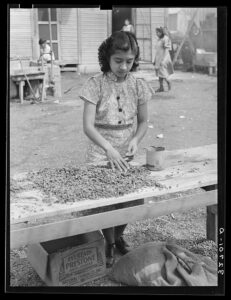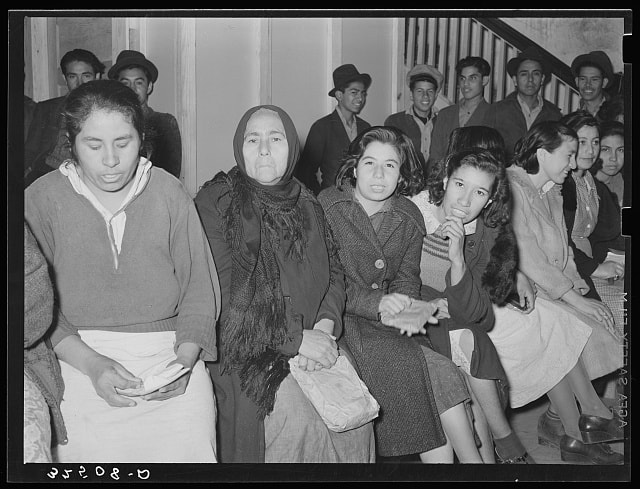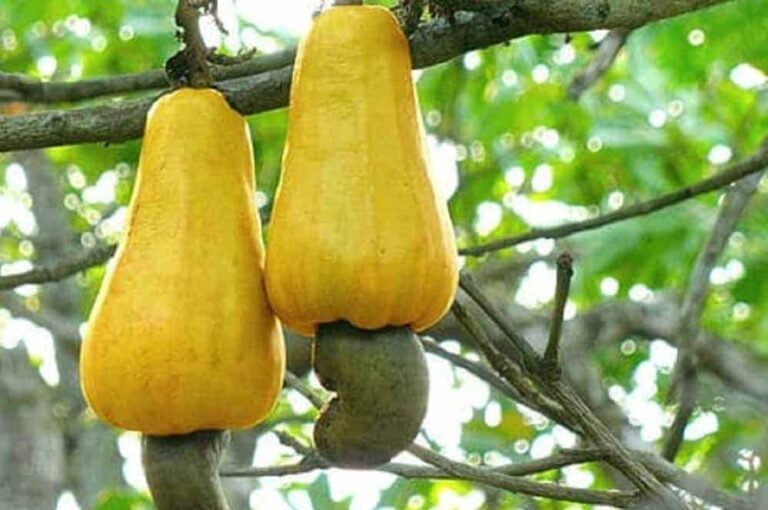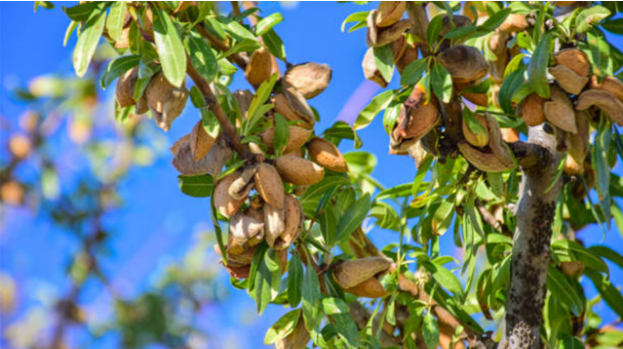Your cart is currently empty!
The 1938 Pecan Shellers Strike
On January 31, 1938, about 12,000 pecan shellers went on strike. These workers were primarily Hispanic women who came to San Antonio from Mexico to work. Together, they left their jobs to protest poor working conditions and low pay. This became known as the Pecan Shellers Strike in San Antonio, Texas. The strike lasted three months and garnered statewide attention.
The strike caused physical confrontations between the local government, pecan companies, and sheller workers. It brought attention to poor working conditions, sexism, and racism in Texas. Meanwhile, customers were not able to get their shelled pecan halves.
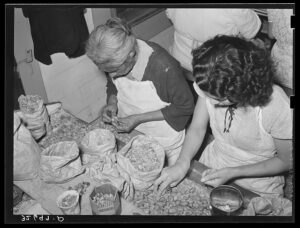
Causes Of The 1938 Pecan Shellers Strike
In the 1930s, San Antonio housed 50% of the national pecan industry, and its west side was home to Mexican Americans and Mexican nationals, who made up 40% of the city’s population. Thousands living in this area sought employment as pecan shellers, working more than 10 hours a day, seven days a week, for $2 to $3 weekly. The fine brown dust released by pecans exposed them to tuberculosis. At the time, company owners preferred human shellers over mechanized shelling for profit.
Police Sent To Break The Strike Of The Factory Workers
The strike was in response to a wage decrease from the Southern Pecan Shelling Company. Emma Tenayuca of the Texas Workers Alliance led this peaceful strike. The local government supported the shelling companies and sent police to arrest strikers and keep them in overcrowded cells.
Under Governor James Allerd’s order, the Texas Industrial Commission reviewed related civil rights violations and deemed the police response excessive. After 37 days of protests, the strikers and the pecan shelling companies agreed to arbitration. The three-person board ruled in favor of the strikers. Immediately, ordering higher wages and officially acknowledging the International Pecan Shellers Union No. 172.
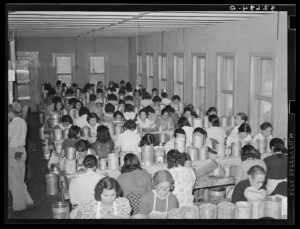
Strike Conclusion
The Fair Labor Relations Act was passed on October 24, 1938. Established a new minimum wage of 25 cents per hour. The Southern Pecan Shelling Company and other local shelling businesses responded by laying off shellers and appealing the minimum wage to no avail. With their petition rejected, they chose mechanization over human shelling, ultimately laying off about 10,000 pecan shellers. The Pecan Shelling Workers Union No. 172 ceased to exist.
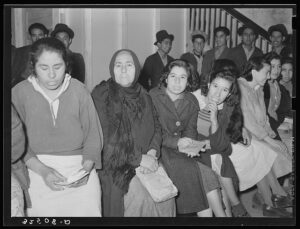
1938 Strike Timeline
| January 31, 1938 | About 12,000 pecan shellers protest poor working conditions and pay cuts. |
|---|---|
| March 8, 1938 | The pecan shellers and the sheller companies agree to submit their dispute to an arbitration panel, and the shellers return to work. |
| April 13, 1938 | The three-person arbitration board rules in favor of the strikers by ruling for higher wages and acknowledging the International Pecan Shellers Union |
| October 24, 1938 | The Fair Labor Relations Act goes into effect and raises the minimum wage to 25 cents/ hour. Pecan shelling companies petition, but the Department of Labor denies their appeal. |
| 1938-1941 | Pecan shelling companies resort to mechanization and over 25 cents per hour for 10,000 pecan shellers, ultimately laying shellers off. |
